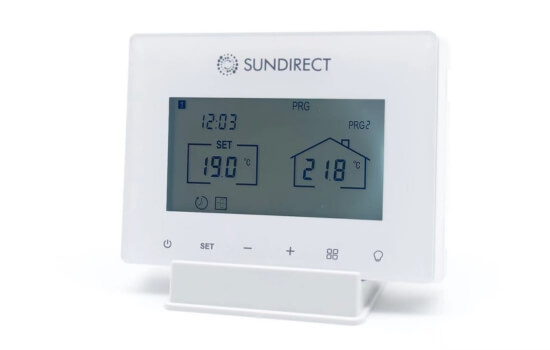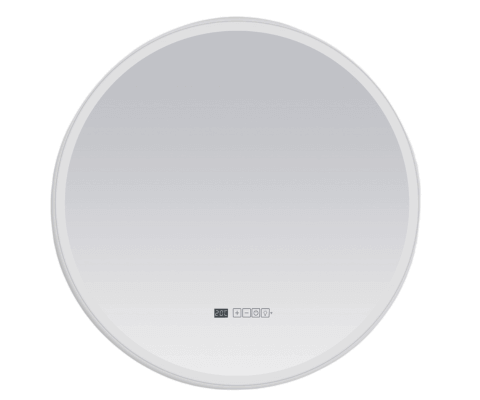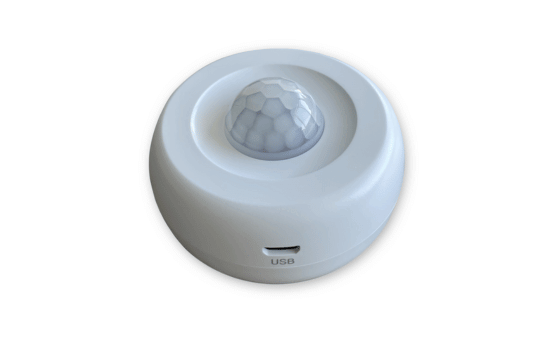As climate change concerns grow, homeowners are searching for eco-friendly ways to stay warm without harming the planet. Infrared heating is emerging as one of the most sustainable heating options available today. But how exactly does it help the environment? Let’s explore the key environmental benefits of switching to infrared heating.
Why Infrared Heating is Eco-Friendly
Unlike traditional heating systems that burn fossil fuels or waste energy, infrared heating offers a cleaner, more efficient way to warm your home. Here’s why it’s a greener choice:
1. Zero Direct Carbon Emissions
- Infrared heaters run on electricity and produce no on-site emissions—unlike gas, oil, or wood burners that release CO₂.
- When paired with renewable energy (solar, wind, or hydro power), they become 100% carbon-neutral.
2. Exceptional Energy Efficiency
- Traditional heaters waste energy by warming air (which escapes through drafts).
- Infrared panels heat objects and people directly, using up to 30-50% less energy than conventional systems.
- They convert nearly 100% of electricity into usable heat, minimizing waste.
3. No Harmful Byproducts
- Gas and oil heaters release carbon monoxide, nitrogen oxides, and particulates—bad for both health and the environment.
- Infrared heating produces no combustion byproducts, improving indoor and outdoor air quality.
4. Longer Lifespan, Less Waste
- A well-maintained infrared panel can last 20+ years—far longer than traditional boilers (10-15 years).
- Fewer replacements mean less manufacturing waste and reduced resource consumption.
5. Compatible with Renewable Energy
- Unlike gas or oil systems, infrared heaters can run entirely on solar, wind, or other green energy sources.
- Homes with solar panels can use infrared heating without relying on the grid.
Infrared vs. Conventional Heating: Environmental Impact
Gas & Oil Heating
- Burns fossil fuels, releasing CO₂ and other pollutants.
- Requires pipelines, storage tanks, and frequent fuel deliveries.
- Energy losses through ducts and inefficient combustion.
Electric Resistance Heaters
- Wasteful—much of the energy is lost as warm air rises and escapes.
- Often rely on coal or gas-powered electricity (unless using renewables).
Infrared Heating
- No fuel burning—clean operation.
- Minimal energy waste—direct heating means less electricity needed.
- Sustainable—works seamlessly with solar/wind power.
Additional Eco-Friendly Advantages
✔ No Air Pollution – Improves local air quality by eliminating soot and fumes.
✔ Reduces Energy Demand – Lower consumption eases strain on power grids.
✔ No Water Waste – Unlike steam radiators, infrared requires no water.
✔ Silent Operation – No noise pollution from fans or pumps.
How to Maximize Infrared Heating’s Green Benefits
To make your infrared heating system even more eco-friendly:
- Pair it with solar panels for a fully renewable setup.
- Insulate your home well to prevent heat loss.
- Use smart thermostats to optimize energy use.
- Choose high-quality panels for maximum efficiency and longevity.
Myth Busting: Is Infrared Really Green?
❌ Myth: “Infrared heaters are bad because they use electricity, which comes from coal plants.”
✅ Fact: While some grids rely on fossil fuels, infrared’s ultra-efficiency still makes it cleaner than gas/oil. Plus, as grids go green, infrared becomes even more sustainable.
The Future of Home Heating
As the world shifts toward renewable energy, infrared heating stands out as one of the most sustainable options available. With no emissions, high efficiency, and compatibility with solar/wind power, it’s a smart choice for eco-conscious homeowners.
FAQs
- Is infrared heating more eco-friendly than a heat pump?
- Heat pumps are also efficient, but infrared wins when paired with direct renewable energy.
- Can infrared heating work off-grid?
- Yes! With solar panels and battery storage, it’s a great off-grid solution.
- Do infrared heaters contribute to global warming?
- No—they produce no greenhouse gases when powered by clean energy.
- Are infrared panels recyclable?
- Many are made with recyclable materials—check manufacturer specs.
- How much can I reduce my carbon footprint with infrared?
- Switching from gas to infrared + solar can cut home heating emissions to zero.
Final Thoughts
If you’re looking for a clean, energy-efficient, and planet-friendly way to heat your home, infrared heating is an excellent solution. By reducing energy waste, eliminating emissions, and working seamlessly with renewables, it’s a true green technology for modern living.
Ready to make the switch? Choose high-efficiency panels and pair them with clean energy for the ultimate eco-home heating system! 🌿♻️





































Leave a Reply